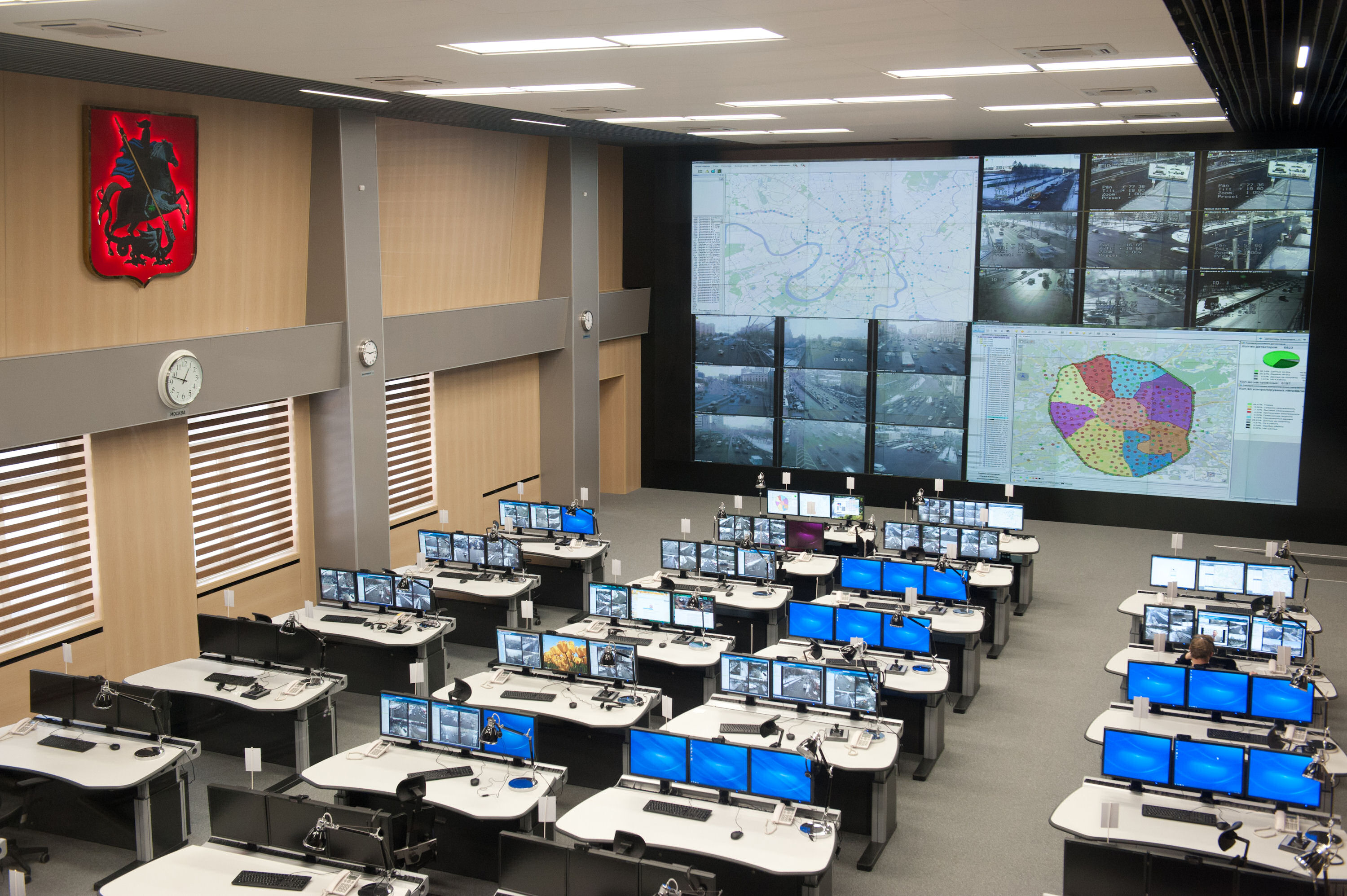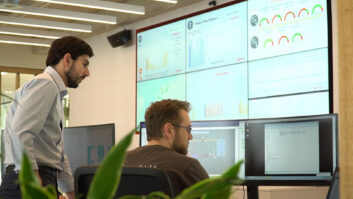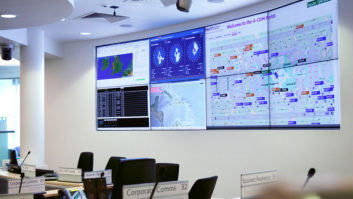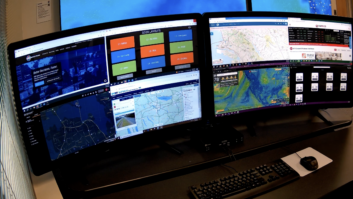
Previously we looked at implementation of AV over IP in corporate environments; hereMichael Burns turns his attention to control rooms where there are scalability benefits but also warnings over the need for compression.
AVoIP is equally at home in control rooms, whether that’s for security, IPTV, broadcast or controlling digital signage. There’s also been a synergy and concurrent growth with KVM (keyboard-video-mouse) applications for remote control of devices.
Cabletime’s Mark Stanborough says he has seen many control room projects use his company’s encoders to stream PC and camera feeds over the IP network, ranging from defence to royal palaces.
AVoIP has a long established presence in this sector – Cabletime has been building and marketing such solutions for over a decade. “It was a strategic decision to develop TV distribution solutions that would be more flexible and ultimately cost-effective if they were delivered over the IP network,” says Stanborough. “There has been a gradual shift during that time from using traditional structured cabling for delivering live and stored content to using existing IP infrastructure. It’s definitely now the go-to choice for customers who welcome the ease of use and most importantly, the flexibility and scalability.”
Rainer Stiehl, vice-president of marketing, Europe, Extron Electronics views control rooms, typically asymmetrical with the potential for high I/O counts, as a good fit for the scalability of an AVoIP solution. “Our VN-Matrix solutions, with their support for keyboard and mouse communications, are ideal in this space,” he adds.
According to Stiehl, such solutions offer a relatively easy path for adding additional endpoints to the system, without the need to overhaul a more traditional/centralised matrix switcher-based system. “The overall reach of a streaming solution is only limited by the reach of the network itself,” he says. “For those with network capabilities that span a continent or an ocean, this really opens the possibilities when it comes to getting your content to the masses.”
Stijn Ooms, EMEA product director at Crestron, also sees the scalability benefits for AVoIP in this sector, and others. “A traditional AV matrix is always limited to a certain amount of inputs and outputs, like 64×64 or 128×128. With single-gigabit AV over IP, like DM NVX, you can build your AV system as large as your network will allow. Thousands of endpoints can easily be a part of a virtual matrix.
“But be careful,” he warns. “AV over IP solutions exist that require 10Gb infrastructure. These solutions are very difficult to scale and don’t truly offer the advantages of AV over IP. The reason for this is the uplink bandwidths between the network switches will drastically limit the number of endpoints you can route between switches.”
Rainer Stiehl also has a warning. “As video data rates continue to climb – for example 4K/60 4:4:4, HDR, and 8K formats – the need for compression will continue to increase,” he advises. “Understanding the various compression technologies and knowing what compromises are being made within each approach will help system designers select the proper technology for their applications.”







